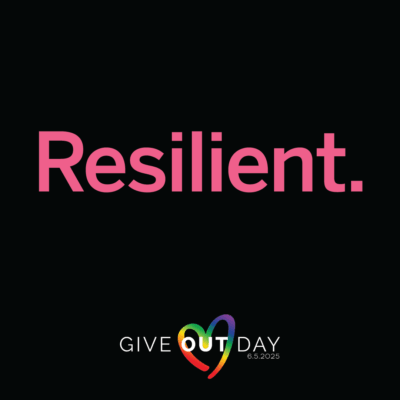Safer use & harm reduction
Crack is smoked by heating a crack rock in a glass pipe or on a foil and inhaling the gas (smoke). The smoke enters the bloodstream by the lungs, and effects are felt very quickly–usually within 10 to 20 seconds. The nearly instant effect typically fades away within 15 minutes. Oftentimes, people refer to smoking crack as “freebasing.”
- Pick up safer smoking kits from harm reduction centers, which will contain supplies including new pipes, pipe covers, straws, brillo, and more.
- Make sure your pipe is clean and not too hot. Let your pipe cool down before taking your next hit in order to prevent burns.
- Take care of your lips! Smoking crack can cause burns or sores on your lips. If you end up sharing pipes with other people, you can transmit things like hepatitis C if blood ends up on the pipe and then someone else uses it. Use chapstick to help protect your lips.
- Use a glass or metal stem with a mouthpiece. Straight glass shooters won’t cause burns as quickly.
- Many harm reduction services give people brillo to use as a filter. Change this out often to prevent it from breaking apart.
- Wipe mouthpieces with alcohol before using. Stay away from broken pipes or pipes with visible blood on them.
- Try not to share pipes with other people.
- Use rubber pipe covers on glass pipes to prevent burns.
- Try not to mix drugs.
- If you’re getting ready for a binge, have some food on hand and try to find a safe place to sleep. That will make the crash a little easier.
If injecting crack:
- Pick up safer injection equipment from harm reduction centers, including sterile cookers, cottons, tourniquets, alcohol wipes, and more.
- If possible, wash your hands thoroughly before using and clean the surface you’re using to cook and draw everything up on. Use an alcohol wipe on your skin before injecting.
- Use a new, sterile syringe for every shot. Use sterile water to dissolve your drugs.
- If you’re dissolving a rock you can use vitamin C. The citric acid or vitamin C is corrosive, and not the best for vein health. Use the smallest amount possible that will dissolve the crack.
- Avoid touching or licking the needle since bacteria from your saliva could cause an infection.
Safer use & overdose prevention
There are some serious things that can happen to your body when using crack.
Taking too much can cause seizures, paranoia, chest pain, overheating, and difficulty breathing.
If a person has a seizure, help them lie down and put something soft under their head. Turn them to their side, and protect the person’s head and body. Call 911, especially if the person does not regain consciousness, isn’t breathing, or if they have multiple seizures.
Cardiac arrest (heart attack) can also be related to drugs including cocaine and crack. Symptoms can include pressure in the chest, shortness of breath, breaking out in a cold sweat, or discomfort in other areas of the body. Call 911 and explain the person’s symptoms.
Overheating, or “hyperthermia” can be deadly. If you notice someone overheating, get them to slow down and stop agitated movements and try to cool down with ice packs, cool water, and a fan. Make sure they are drinking water or a sports drink with electrolytes so they don’t dehydrate. Place cool, wet cloths on the person’s body.
We also use the term “overamping” to describe what can happen if you take too much. Overamping means a lot of things to a lot of people. Sometimes it is physical, when our bodies don’t feel right. Other times it is psychological, like paranoia, anxiety or psychosis — or a mixture of the two.
Overamping can happen for a lot of different reasons: you’ve been up for too long (sleep deprivation), your body is worn down from not eating or drinking enough water, you’re in a weird or uncomfortable environment, you did “one hit too many,” you mixed some other drugs with your speed that have sent you into a bad place — whatever the reason, it can be dangerous and scary to feel overamped.
Overamping can also feel like: extreme anxiety, panic, paranoia, hallucinations, agitation, aggressiveness, agitation, restlessness, irritability, hypervigilance, suspiciousness.
How to deal with overamping
First, make sure that the problem is not medical in nature (seizure, stroke, heart attack, overheating). If you or a friend is experiencing anxiety or other psychological symptoms of overamping, try some of the following things:
- Drink water or a sports drink; eat some food
- Try to sleep
- In the future, switch how you’re doing your crack; sometimes if you’re shooting, switching to smoking can help
- Change your environment or the people you’re with
- Do breathing or meditation exercises: Breath exercises that relieve anxiety & insomnia
- Create physical contact, like massaging yourself or having someone else do it for you
- Go walking, walking, walking — walk it off!
- Take a cool shower, or put cooling pads under your armpits or on their neck. Or pour cool water on your face.
- Get some fresh air





